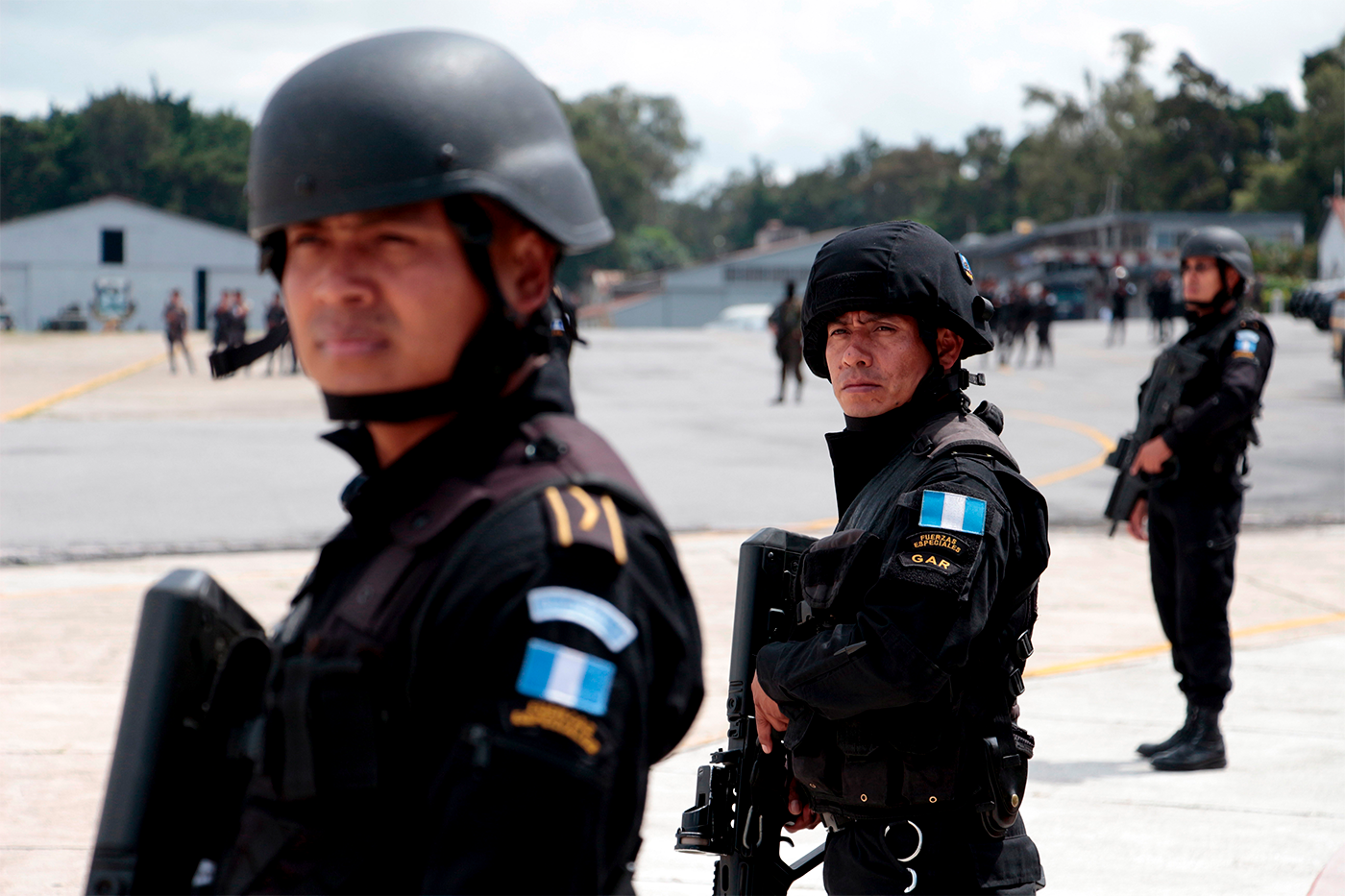Not a Safe Place
In
Login if you are already registered
(no votes) |
(0 votes) |
Guatemala is gradually becoming a regional leader in terms of violence and drug trafficking. At the same time, the country is suffering a total failure of confidence in official institutions, with the National Police holding a special place among such bodies. Corruption and links to mafia are just a part of the country’s law enforcement’s notorious image.
Latin American countries are frequently associated with harsh political realities, including corruption, links to mafia and drug cartels, the dictatorial ambitions of leaders and internal conflicts. Although not typical of all the region’s countries – for instance, Chile has recently been declared one of the safest and most peaceful countries in Latin America and the Caribbean – there is still living proof to this image, which is so unpleasant to the region’s natives and is so actively promoted outside it. Mexico is perhaps the most prominent example, while Guatemala is a less known one.

REUTERS/Josue Decavele
Policemen stand guard as they wait for suspected drug trafficker Jairo Orellana, before extraditing him to the U.S., at Aurora international airport in Guatemala City, Guatemala, July 24, 2015
According to InSight Crime, a foundation dedicated to investigating and analysing organized crime, Guatemala ranks fifth in terms of the level of violence in the region. The country has a homicide rate of 30 per one hundred thousand people, which is certainly lower than El Salvador (105), but significantly higher than Colombia (25) and even Mexico (13).
The high homicide rate is far from being Guatemala’s only problem. Drugs and drug trafficking thrive here, just like in many other states in the region, and have recently started to gain momentum. Previously, local cartels cooperated mainly with their Mexican counterparts, but the law enforcement agencies have recently found evidence of their possible “evolution.” On September 24, the police found and seized a semi-submersible submarine, or a “narco-submarine”, capable of transporting about five tonnes of cocaine. It was the first time that such a submarine has been discovered in Central America. “Narco-submarines” have been in existence since the 1990s, but until this September they were mainly used by larger drug cartels, including the Colombian cartels (which that invented them, by the way). In this regard, the submarine found in Guatemala is not just a means of transporting drugs, but rather evidence of the growing scale of the local narcotics business, which is now able to invest in such large and expensive projects.
At the same time, the level of confidence in official institutions involved in criminal activity is falling. The situation with the National Police is a glaring example: 186 police officers have been arrested since early 2016 on suspicion of involvement in criminal activities. And we are not talking about minor crimes here, but rather kidnapping, membership in drug gangs, armed attacks and theft. It is hard to trust the police given all this.
Guatemala remains one of the most troubled countries in Latin America and the Caribbean. It seems that nobody has a solution to the security challenges the country is facing. This means that the “narco-submarine” that the authorities discovered is most likely not the last one.
(no votes) |
(0 votes) |




